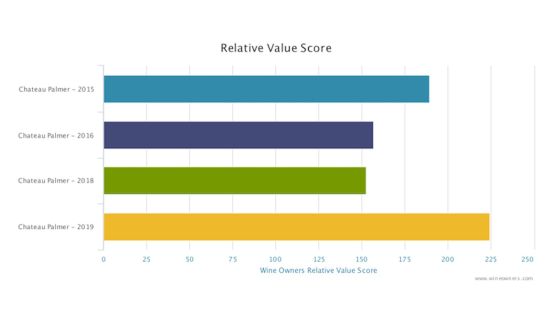It’s that time of year again. But of course none of us is allowed to travel to Bordeaux to taste cask samples of baby 2020s so, instead, many of the wines have been sent to either Julia or me here in locked-down London. In addition, our fellow Master of Wine James Lawther, bless him, is scooting around the Gironde from his home in the Entre-Deux-Mers visiting as many of the refusenik producers as possible.
By refusenik I mean those producers who refuse to send cask samples to the tastings organised by the Union des Grands Crus de Bordeaux to which they belong and/or allow primeur tasting only on their premises. The reason, I believe, is that they want these samples to be as fresh as possible. But I have to say that I have been busy tasting multiple cask samples of 2020s here in London, sometimes taken from cask more than 10 days before my tasting, and I have encountered only one sample that seemed a bit tired. And that one was only a few days old so I think it must have been the wine or a duff cork rather than the fact that it had travelled quite a distance. The first growths are generally refuseniks, so I owe a massive vote of thanks to the Clarence Dillon stable at Ch Haut-Brion for kindly volunteering to send me cask samples of their wines. They were all in fine fettle.
Most producers have helpfully written the date the sample was taken on the labels; one of them wrote the date it was ‘prepared’ which made me wonder whether there had been a bit of manipulation. There have long been suspicions that cask samples are carefully put together to taste as good as possible at this early stage, barely six months after harvest and a handful of months after going into cask. One particularly interesting aspect of the château profiles in Jane Anson’s excellent new book Inside Bordeaux is that she tends to note when the final blend for each property is assembled. I haven’t done a complete audit but it is extremely common for this to be done well after the primeur tastings in April.
Because of the practical difficulties of assembling this year’s Bordeaux primeur report we have tried to limit our tasting to those wines for which there is an established primeur market. This means that we have had to decline offers of many of the lesser-known châteaux, but with any luck we can catch up with them when they are in bottle and give a much more accurate picture of the wines.
We drew up a list of all the significant wines and have tried to ensure that all are tasted by one of us. As well as having no fewer than 29 château appointments, James plans to attend the tasting being organised by the UGCB in Bordeaux next week, concentrating particularly on Pauillac and St-Émilion in order to put his tastings at the likes of Chx Mouton Rothschild, Lafite, Cheval Blanc and Ausone in context. Julia and I have shared out the other major appellations between us, and I have particularly enjoyed tasting the St-Émilion Grands Crus Classés here in London. I have also tasted a limited number of 2020s produced by members of the Grand Cercle de Bordeaux, those that are most likely to be offered and bought en primeur.
So what is the upshot of all this activity? Next week we are devoting to Bordeaux 2020 en primeur. We will be publishing our tasting notes so far for right-bank reds on Monday, left-bank reds on Tuesday and whites (sweet and dry) on Wednesday. Tasting notes in these unfinished tasting articles will be grouped by appellation on publication, but we will continue to add new tasting notes to them at the top of the article in a mixed group called Recent additions. The most recently added tasting notes will be at the top of this group so that you can easily keep track of them.
Only when we feel confident that we have virtually all the tasting notes we intend to publish at this early stage will we neaten up the tasting articles and put everything in its final group by appellation.
Assuming that prices will start to be released in the weeks to come, we plan to ask Nick Martin of Wine Owners to contribute his particularly useful analyses of value for each major release as he did last time. Nick has been very busy developing the Wine Hub, a new business system for merchants and importers, but has promised to take time off this to provide us with charts like the one above in a thread on our Members’ forum.
Once James has completed his many visits, as well as tasting at the UGCB tasting in Bordeaux next week, he will treat us to an overview of the vintages based on what proprietors and his taste buds have told him.
The usual publicity machine has been gearing up to tout the vintage, and both the small 2020 crop and frost damage earlier this month are likely to be used to shore up prices. It may well turn out that the price reductions that helped make the 2019 primeur campaign such a success were a pandemic-inspired one-off. As I outlined in The ‘miracle’ primeur campaign, perhaps it really was a miracle that so many Bordeaux château owners were prepared to reduce their prices.














